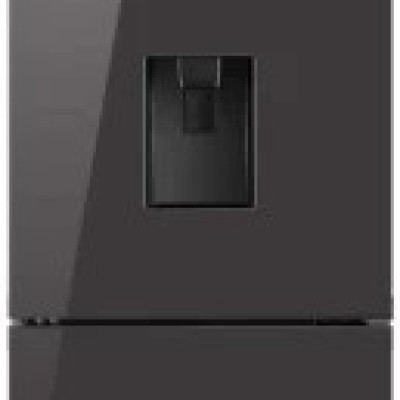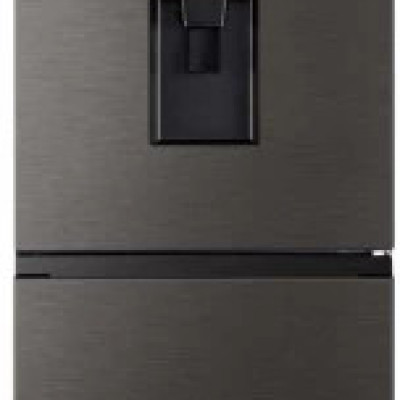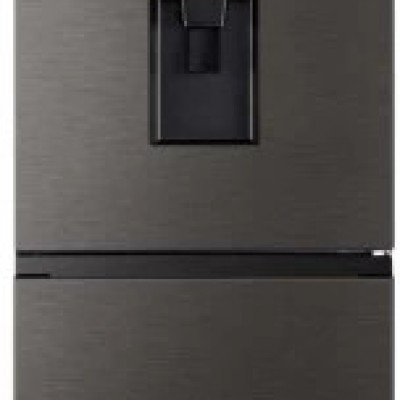A capillary thermometer with capillary puts users in the position to be able to measure the process temperature, even at inaccessible points. By means of a contact bulb it can also be measured on the smallest pipelines. Another advantage is the bridging of greater distances.
A heating element converts electrical energy into heat through the process of Joule heating. Electric current through the element encounters resistance, resulting in heating of the element. Unlike the Peltier effect, this process is independent of the direction of current.
http://www.rulethermostat.com/....thermometer/capillar
Like
Comment
Share





